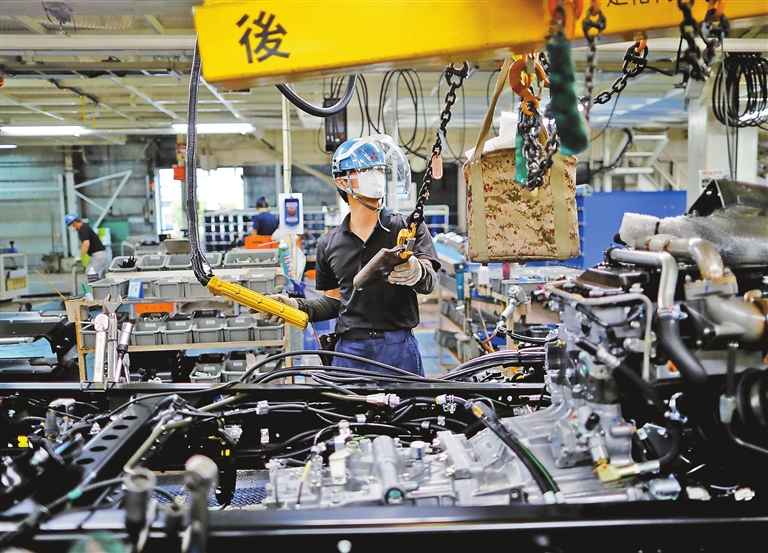
AUTOMAKERS in Japan, where almost 30 percent of the population is 65 or older, are taking the lead on adapting cars so the nation’s legions of elderly drivers can feel more confident — and be safer — behind the wheel. A run of accidents involving elderly drivers has upped the pressure from regulators to standardize advanced features. Automatic brakes will be required for all new vehicles sold domestically from this year, for example, and car companies from Toyota Motor Corp. to Nissan Motor Co. are employing smart technology to make cars more user friendly for older people. It’s also becoming more of a priority after a spate of as public railways in rural areas disappear, worsening an isolation crisis made only more stark by the coronavirus pandemic. Last year, Toyota upgraded its Safety Sense offering. The technology is designed to prevent or mitigate frontal collisions as well as keep drivers within their lane. By using high-resolution cameras on the windscreen and bumper-mounted radars, it can detect oncoming cars or pedestrians — or even bicycles in daylight hours — and give audible and visual alerts. If drivers fail to respond, automatic braking may be deployed. Subaru Corp.’s aspirations are similar; it wants to eliminate all fatal accidents by 2030. Like several other automakers, it’s using stereo cameras, which have two or more lenses with a separate image sensor for each, providing the ability to capture three-dimensional images. Dubbed EyeSight, the technology looks ahead and alerts drivers to any danger. Subaru said Eyesight-equipped vehicles are involved in 61 percent fewer accidents and 85 percent fewer rear-end crashes. Pedestrian-related injuries are lowered by 35 percent. Nissan has a similar offering called ProPilot that it expects to have in at least 20 models in 20 markets globally by the end of 2023.(SD-Agencies) | 
